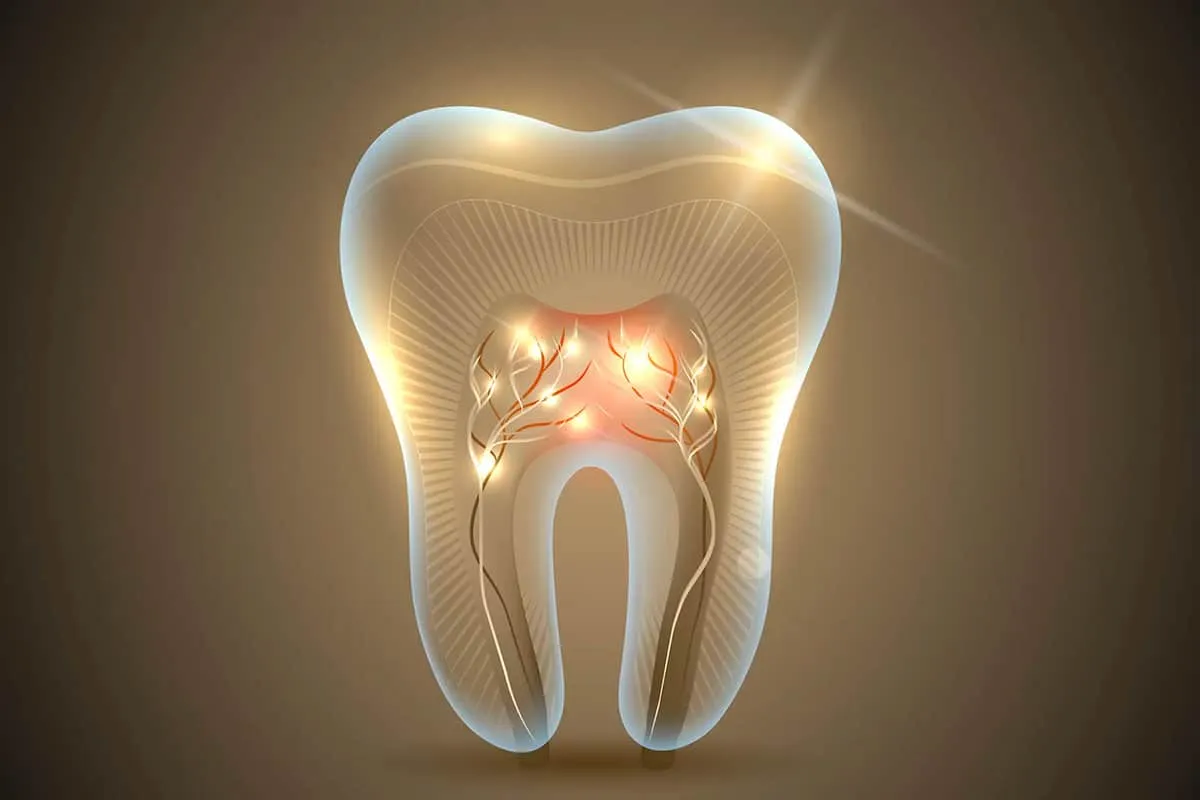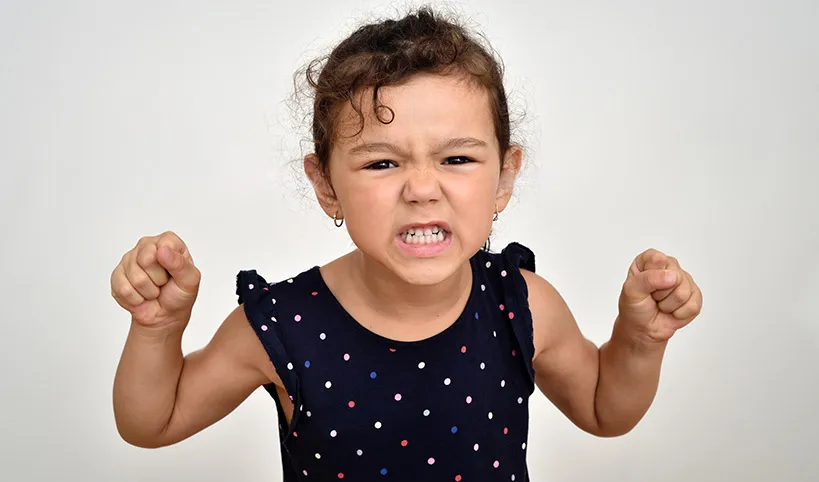If you have confirmed COVID-19 after a test, self-isolate for 14 days, even after symptoms disappear, as a precaution. It is not yet clear how long people remain infectious after recovery. Follow national guidelines for self-isolation.
What is self-isolation?
Self-isolation is an important step for people who show symptoms of COVID-19 to avoid infecting others around them, including their family members.
Self-isolation means, for a person who has a fever, cough or has other symptoms of COVID-19, to stay at home and not go to their place of work, to their school or in public places. This self-isolation can be voluntary or in response to a doctor’s recommendation. However, if you live in an area where malaria or dengue fever is rife, you should definitely see a doctor if you have a fever. When going to a health facility, wear a mask, stay at least one meter away from other people, and do not touch surfaces with your hands. Help sick children follow these tips as well.
If you do not live in an area where malaria or dengue fever is rife, do the following:
People who are seriously ill (who need medical attention) should not isolate themselves on their own.
Sit on your own in a large, well ventilated room with easy access to a sink for washing your hands and a toilet.
If this is not possible, place each bed at least three feet apart.
Stay at least three feet away from other people, even family members.
Monitor symptoms daily.
Self-isolate for 14 days even if you feel healthy.
If you have difficulty breathing, contact your doctor immediately, calling him first if possible.
Keep your spirits up by staying in touch with the people you love, over the phone or online, and exercising at home.
What if I have no symptoms but think I have been exposed to COVID-19? What is self-quarantine?
Self-quarantine is, even if you have no symptoms, keeping yourself away from other people because you have been exposed to COVID-19. During the self-quarantine, you should monitor the progression of symptoms. The purpose of self-quarantine is to prevent transmission. Since people who contract COVID-19 can immediately infect others, self-quarantine helps prevent certain infections from occurring.
In that case :
Sit on your own in a large, well ventilated room with easy access to a sink for washing your hands and a toilet.
If this is not possible, place each bed at least three feet apart.
Stay at least three feet away from other people, even family members.
Monitor symptoms daily.
Stay in quarantine for 14 days even if you feel healthy.
If you have difficulty breathing, contact your doctor immediately, calling him first if possible.
Keep your spirits up by staying in touch with the people you love, over the phone or online, and exercising at home.
However, if you live in an area where malaria or dengue fever is rife, you should definitely see a doctor if you have a fever. When going to a health facility, wear a mask, stay at least one meter away from other people, and do not touch surfaces with your hands. Help sick children follow these tips as well.
What is the difference between self-isolation, self-quarantine and physical distancing?
Quarantine involves removing people who are not sick but have been exposed to COVID-19, or restricting their activities. This is to prevent the disease from spreading when people first have symptoms.
Isolation involves segregating people who show symptoms of COVID-19 and who may be infectious to prevent the disease from spreading.
Physical distancing is about keeping a physical distance from other people. WHO recommends standing at least one meter away. It is a general measure that should be applied by everyone, even in the absence of symptoms or known exposure to COVID-19.
source: https://www.who.int/fr/




Comments are closed.